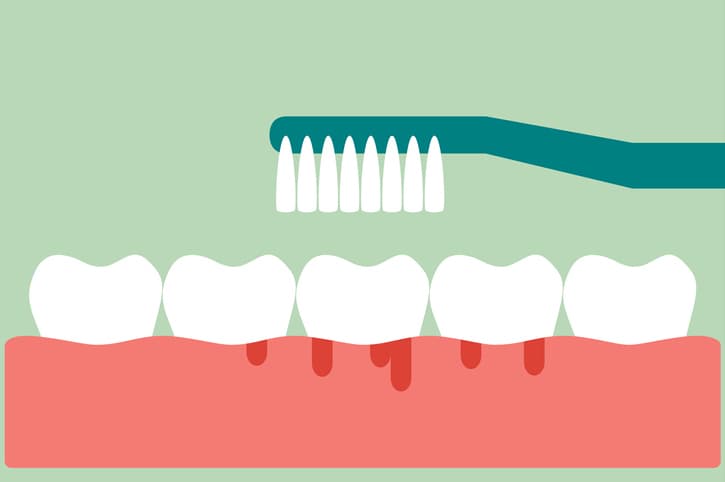
What Your Dentist Will Do
Your dentist will evaluate your mouth during an examination and will recommend a dental cleaning appointment where the dental hygienist removes any plaque and tartar that is building up on your teeth and polishes the teeth to remove external stains. A dental probe may be used to measure any pockets that develop at the gumline that will determine if your gingivitis has turned into periodontitis.
Any newly found cavities must be repaired. Abnormalities of the teeth can hinder dental hygiene, leading to gingivitis if the teeth and gums are not cleaned properly. Your dentist or dental hygienist can also give instructions on proper dental techniques for brushing and flossing at home. Make a habit to visit your dentist often for checkups and cleanings.
Best Ways to Clean Your Teeth and Gums at Home
When a person has gingivitis, the goal is to rid the gums of inflammation and restore them to a healthy pink colour. Although you have been brushing your teeth for decades, are you using the correct technique? First, make sure you brush and floss your teeth at least twice a day. Use a soft-bristled toothbrush and place it at a 45-degree angle against your gum line and massage the gums in a back and forth motion. Then, move the brush up and down and back and forth motion using short strokes to clean the outer and inner surfaces of your teeth. Don’t forget about the chewing surfaces too. Be gentle with brushing; you don’t want to provoke sensitive gums and teeth. After brushing, floss in between each tooth during this daily dental task. Make sure to spend at least two minutes brushing and replace your toothbrush about every three months or when you see the bristles becoming frayed.
Don’t Forget to Rinse
Gargle and rinse with a mouthwash to flush harmful bacteria and plaque away from your gums. Another helpful tool is the WaterPik which can assist in removing food particles and plaque bacteria by a jetted stream of water that goes below the gum line and between your teeth.
Gingivitis treatment is of the utmost importance when you first see the symptoms appear in your mouth. Between professional dental care and oral hygiene habits at home, your gum issues should begin to get better with continuous care.
